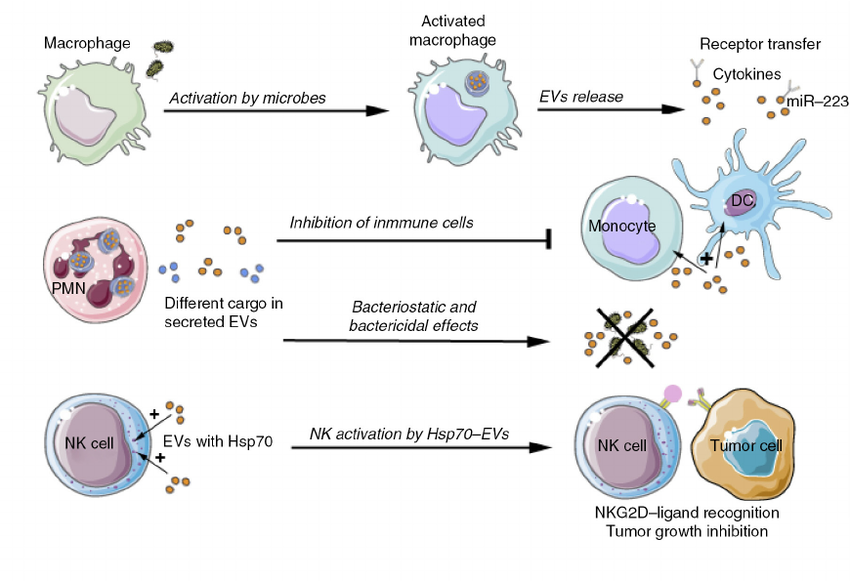Discussion on The Physiological Role of Macrophages
Brief Introduction of Macrophages
Macrophages are phagocytes found in blood, lymphoid and all mammalian tissue types. Macrophages are the most malleable cells in the hematopoietic system, which can be found in all tissues, and they also have a strong functional diversity. They play a number of different roles in normal development, homeostasis, tissue repair, and immune responses to pathogens. Their diversity reveals the relationship with almost every human disease, meanwhile, they are also the main targets of treatment as their function can be enhanced or suppressed to change the outcome of the disease.
However, although macrophages in the tissues are different from each other and involve different transcriptional profiles and functions, all have a dynamic balance. These reparative and self-balancing functions can be compromised by chronic damage, leading to disease.
The origin of macrophages
Macrophages play a key role in the immune response, protecting the organism against infection and regulating the development of tissue inflammation. They can be divided into different categories according to their different localization and performance in the body.
Scientists from King's College London obtained some surprising findings in the study of the common origin of these different types of cells. The findings revealed that two different macrophage lines persisted into adulthood and that these two cell lines had different origins.
Researchers utilize the cell markers from early stages of embryonic development to track the pathways of these different immune cells, and finally getting some unexpected results. Myeloid cells formed in the yolk sac form macrophages that are located in various organs and tissues of adult mice, while circulating macrophages in the bloodstream are originated entirely from stem cells instead of the yolk sac.
Differentiation of macrophages
Macrophages have at least two subclasses, M1 and M2. M1 macrophages are involved in proinflammatory responses and play a central role in host defense against bacterial and viral infections. M2 macrophages are associated with anti-inflammatory responses, parasitic infections, tissue remodeling, fibrosis, and tumor disease progression. Trib1 is an adapter protein that interacts with the ubiquitin ligase COP1 in proteolysis.
Some findings suggest that Trib1 plays a key role in the maintenance of adipose tissue and disorders in lipid metabolism, and its function is achieved by controlling the differentiation of M2 macrophages within the tissue.
Local proliferation of Macrophages
In the past, people believe that anti-infectious immune effects occur by recruiting immune cells from the blood to the site of inflammation when inflammation occurs in the body. However, in a study article, the researchers confirmed that the immune system does not recruit macrophages from the bloodstream in the TH2 inflammatory response, instead, activating macrophages in situ at the site of injury or infection, prompting rapid proliferation.
Macrophages and diseases
In chronic injury, a group of differentially differentiated hepatic progenitor cells (HPCs) are activated and promote biliary epithelial cells and liver cell regeneration. The researchers observed cholangiocyte proliferation in both human liver disease and mouse models, both Notch and Wnt signals specifically target HPCs by interacting with activated fibroblasts or macrophages.
The researchers found that Jagged 1, a ligand Notch, promotes the transduction of Notch signaling in HPCs during ductal hyperplasia, which is specialized in the biliary duct to form biliary epithelial cells. Alternatively, phagocytosis of liver cells by macrophages during hepatocyte regeneration induces Wnt3a expression. This leads to the transduction of the classical Wnt signaling pathway in the immediate vicinity of HPCs, allowing these cells to continually express Numb (a determinant of cell fate) and to facilitate their specialization to form hepatocytes. Promote the regeneration of hepatic parenchymal cells through both pathways in adults with a chronic liver injury.
Related products:
[table id=2 /]


Your email address will not be published. Required fields are marked *